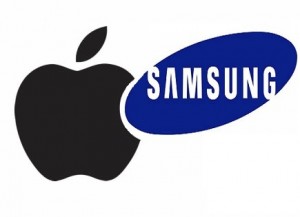
This year, more Canadians are turning towards the internet when it comes to their holiday shopping. According to this blog, three in four Canadians will be making online purchases this
season. With Canadian holiday retailsales expecting to increase by 3.5 percent from the previous year, most of it will be a result of online transactions. It isn’t only limited to shopping, with “70 per cent of Canadians research products online before buying.” In addition, the increase in people owning smartphones is part of the reason towards this shift online.
But why? Through my experiences, I would assume that it is due to convenience. In this day and age, people have less and less time to go out, especially as your age and responsibilities increase. The turn online also helps people to find the best deals, making the most of their money. In class, we learned about channels in which businesses reach their consumers. It is easy to see that having a website/social media as a channel is becoming more effective. Having a website also adds to a business’ value propositions, allowing customers convenient access to products. Nowadays, if you don’t have a website, I guarantee it’ll be worth your investment.




 Why would a business such as Abercrombie & Fitch exclude such a large market with more than two-thirds of America’s population being obese? It’s very likely that sales may decrease as a result of this bad publicity, A&F being seen as a very controversial and exclusive brand. However, at the same time, they are able to effectively create a stronger brand identity. No brand can effectively target an entire market. By targeting a specific demographic and making statements like A&F, while they are excluding a large portion of the market, it is an audience they are not trying to reach while at the same time making those who do fall within that category more loyal.
Why would a business such as Abercrombie & Fitch exclude such a large market with more than two-thirds of America’s population being obese? It’s very likely that sales may decrease as a result of this bad publicity, A&F being seen as a very controversial and exclusive brand. However, at the same time, they are able to effectively create a stronger brand identity. No brand can effectively target an entire market. By targeting a specific demographic and making statements like A&F, while they are excluding a large portion of the market, it is an audience they are not trying to reach while at the same time making those who do fall within that category more loyal.